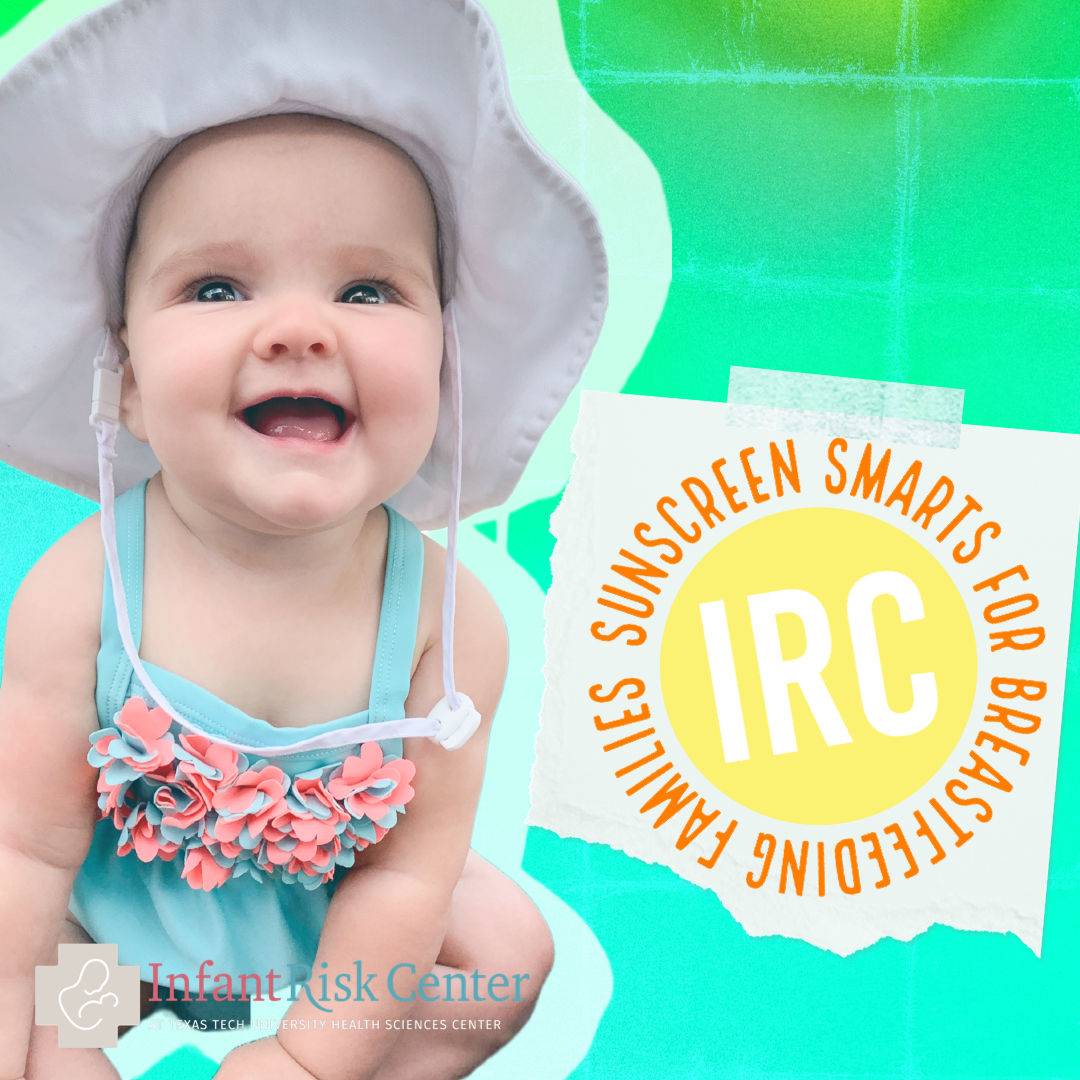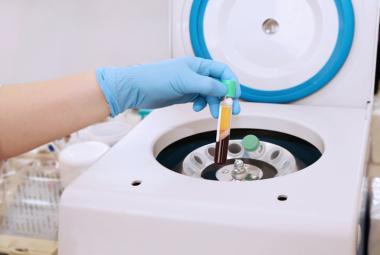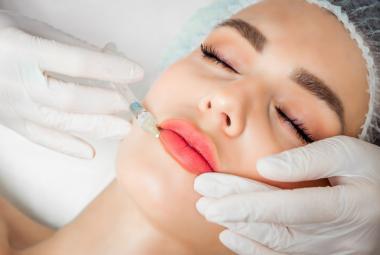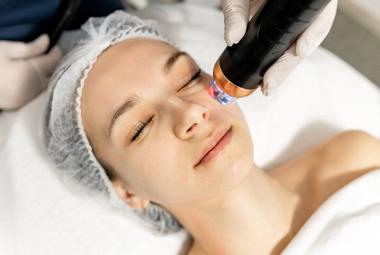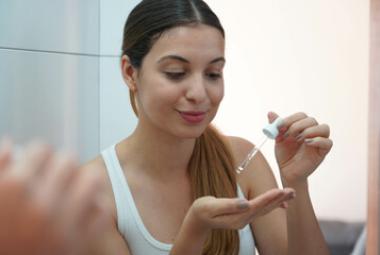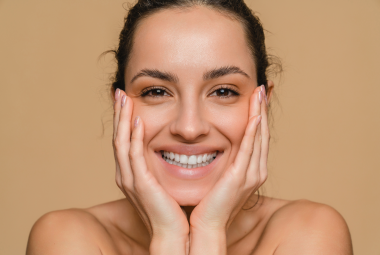Navigating this page:
Considerations while breastfeeding
Is it safe to apply sunscreen on my baby?
How should I protect my baby from the sun?
The InfantRisk Mom Sunscreen Picks!
Sunscreen information:
Sunscreen use is recommended daily, even on cold, cloudy winter days. Let’s look at the options available!
Mineral sunscreens: Mineral sunscreens such as zinc oxide, which is the only FDA approved sunscreen ingredient, create a physical barrier to block and reflect both UVA and UVB rays (making it a broad-spectrum option). Titanium dioxide is often included in cosmetics as a sunscreen, but is not as effective at blocking some UVA rays and is therefore not preferred (alone) for sun protection.
There are 2 types of zinc oxide on the market:
Non-nanoparticle zinc oxide: these options sit on top of your skin (rather than soaking in) and protect you by scattering, absorbing, and reflecting UV rays. The downside to these is that they can leave a white residue that sits on the skin; the white residue is more visible in people with darker complexions. They can also be thick and require more work to spread across skin. Some brands do have a clear non-nano zinc oxide option available, usually with a higher price tag. No absorption into mom’s systemic blood circulation means there is no pathway for transmission to breast milk, making it an ideal option for breastfeeding mothers. Another perk of non-nano zinc oxides is that they are considered reef-safe, unlike chemical sunscreens or nano zinc oxides.
Nanoparticle (regular zinc oxide): Nanoparticle zinc oxide formulations were made to reduce the white pasty look that is left behind by some mineral based sunscreens. However, the small nanoparticles do have some ability to penetrate the skin and absorb to a small degree systemically. Still, it appears nanoparticle zinc oxide has lower absorption and therefore lower risk of potential adverse effects than chemical sunscreens. There a report that suggests it is possible for mothers to use enough nanoparticle zinc oxide to cause diarrhea in breastfed infants (Ceballos-Rasgado, 2022).
When it is an option, our sunscreen of choice for breastfeeding mothers is non-nano zinc oxide.
Chemical sunscreens: absorb UV rays by absorbing into the skin and transforming UV rays into heat, which is then released from the skin. While mineral sunscreens UV filters work by blocking both UVA and UVB rays, chemical UV filters often only protect against one or the other so more than one is typically included in chemical sunscreen products. Ingredients that are commonly found in chemical sunscreens include:
Avobenzone, Octinoxate, Octisalate, Oxybenzone, and Octocrylene. These chemicals are known endocrine and hormone disruptors that can affect thyroid and estrogen function. Additionally, they can increase the production of free radicals after being exposed to the sun (EWG).
Despite these negatives, chemical sunscreens tend to be thinner and leave less residue which are preferred by some of the population over the white cast left behind by their mineral competitors. The FDA has deemed that it is safer to use these sunscreens, regardless of systemic absorption, than it is to have excessive UV exposure.
Considerations while breastfeeding
Because chemical sunscreens are absorbed through the skin, they can be transmitted to the baby via breast milk. This is why zinc oxide sunscreens are our preference! Recent studies have shown that chemical components of sunscreen can be found in the blood of users after just one application, and can persist for up to 3 weeks (Mata et al., 2019). Many other studies have found varying amounts of oxybenzone and octinoxate present in the breast milk of sunscreen users. We don’t know (yet) whether these chemicals are transferred in high enough amounts to cause adverse effects in nursing babies (Anderson, 2020, Chen et al., 2010). To avoid the ingestion of sunscreen by breastfeeding babies, it is recommended that mothers apply sunscreens away from the breast and wash their hands after application. Speaking practically, using chemical sunscreen while breastfeeding is still preferred over getting a sunburn.
Is it safe to apply sunscreen on my baby?
The best sun protection for newborns and babies younger than 6 months is avoiding direct sunlight exposure. Baby skin is very sensitive and is prone to sunburns because it contains less melanin, the pigment that gives color to skin, hair, and eyes, and provides some sun protection. For infants less than 6 months old, sunscreen is not recommended due to a higher risk for experiencing side effects, such as rash.
For babies 6 months of age and older, the American Academy of Pediatrics (AAP) recommends applying up to 1 ounce of a broad spectrum to face and exposed body prior to sun exposure, with an SPF of 15 or higher, and that it be reapplied every 2 hours. The AAP also recommends avoiding homemade “natural” sunscreen recipes as they are not regulated and may not offer effective UV protection.
Mineral based sunscreens with zinc oxide are generally well tolerated and don’t need to be absorbed into the skin for the sunscreen to work, so they’re less likely to cause a reaction on your baby’s sensitive skin. (Did you know that the main ingredient in diaper rash cream is zinc oxide? They are formulated differently, so diaper paste does not work as well as sunscreen, but it is a versatile mineral!) Remember, you may see a white cast/residue on your baby’s skin with use of these sunscreens as these ingredients sit on the surface of the skin, creating a physical barrier.
What SPF is best?
The American Academy of Dermatology recommends 3 specific factors to look for when purchasing a sunscreen.
- SPF 30 or higher (Properly applied sunscreens with an SPF of 30 to 50 give you about the same protection as SPF of more than 50)
- Labeled broad spectrum (protects skin from UVA and UVB rays)
- Water resistant
How should I protect my baby from the sun?
- Keep your baby in the shade.
- Shield your baby with a stroller canopy or umbrella when outside or look for natural shade, such as underneath a tree.
- Avoid taking your baby outside between 10am-2pm.
- This is when the sun is at its peak and UV rays are most intense.
- Dress your baby in sun-protective clothing.
- Cover your baby’s skin with long sleeves and long pants which aren’t too sheer. There are full body baby suits available now with UV protection that are made to keep them safe!
- Give your baby a sun hat that protects the face and neck and sunglasses that protect the skin around the eye.
- Keep your baby hydrated.
- Offer breastmilk or fluids (dependent on age of baby). Breastmilk has the necessary components needed to prevent dehydration, and supplementation with products like Pedialyte are not necessary.
- If your baby is over 6 months of age, use mineral based non-nano sunscreens every 2 hours (SPF 30+)
The bottom line
For breastfeeding mothers: We recommend that breastfeeding mothers use physical sun barriers or non-nano mineral-based sunscreens (but avoid applying them directly on the breasts) to minimize any risk of transmission through breast milk. Although mineral sunscreens are the top choice for nursing families, there are instances where chemical sunscreens might be necessary - perhaps due to skin tone compatibility issues or in a pinch when no other options are available as this is still a safer option than risking excessive UV exposure.
For babies: We recommend using physical sun protection like UV protective clothing, shade, hats, etc. for babies under 6 months of age, as sunscreen use is not recommended in infants younger than this. For babies over 6 months, we recommend the continuation of physical sun protection measures to reduce the risk of sunburn in addition to sunscreen application.
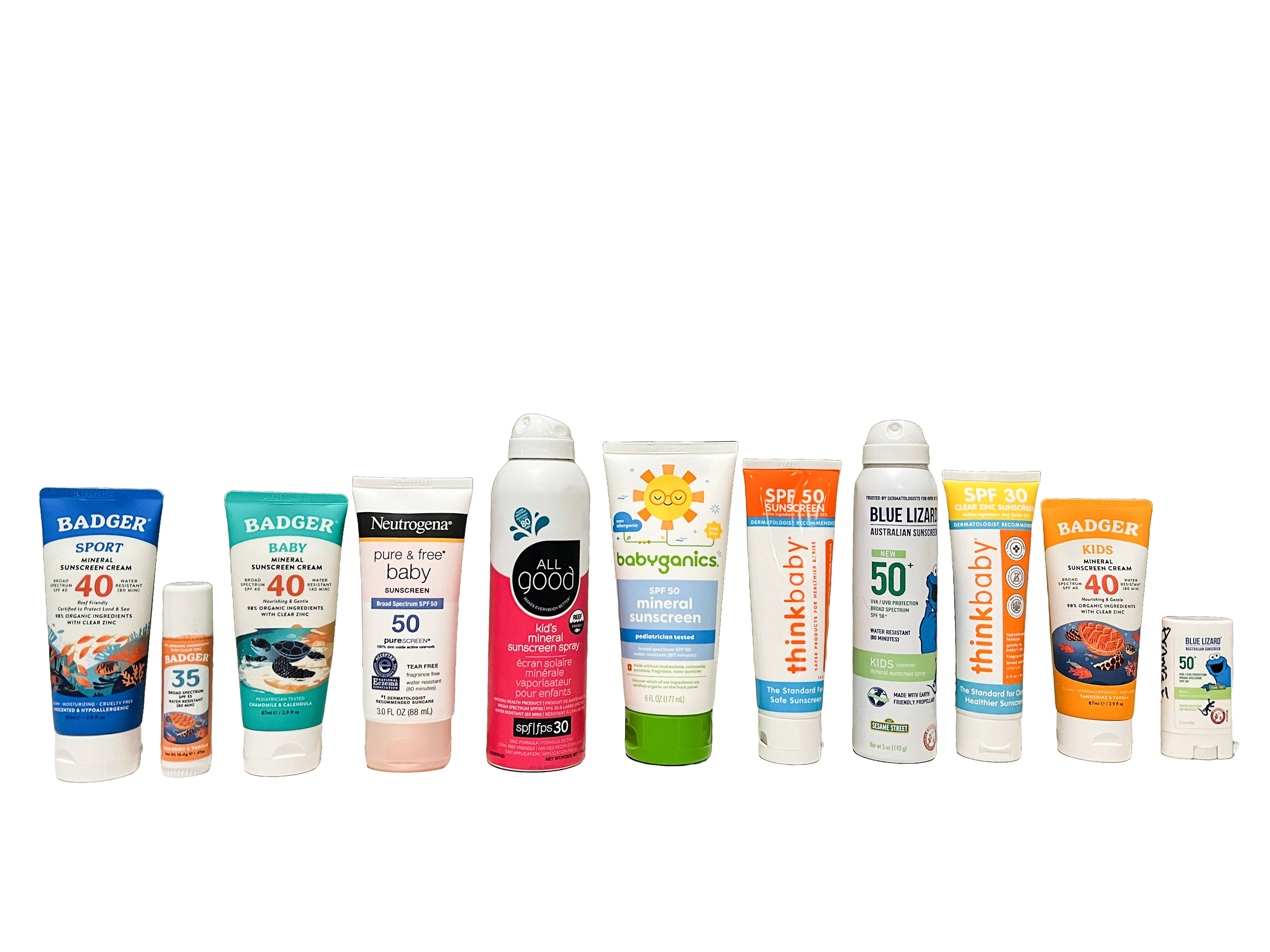
The InfantRisk Mom Sunscreen Picks!
At the IRC, we are researches, providers, advocates, and moms 😊
Below you will find a few of our favorite brands that we use on our families. These brands have adult and baby options! The IRC does not receive compensation for these recommendations.
For mom and baby:
For mom (facial):
Ilia (great mineral facial sunscreen for all skin colors!)
Colorscience (another facial sunscreen with multiple skin tone options)
Check out the EWG website for the safest sunscreen options!
Nichole Campbell, MSN, APRN, NP-C
Christine D Garner, PhD, RD, CLC
Kaytlin Krutsch, PharmD
Edited from a previous draft from Muneeza Sheikh
References
Sander M, Sander M, Burbidge T, Beecker J. The efficacy and safety of sunscreen use for the prevention of skin cancer. CMAJ. 2020 Dec 14;192(50):E1802-E1808. doi: 10.1503/cmaj.201085. PMID: 33318091; PMCID: PMC7759112.
Matta MK, Zusterzeel R, Pilli NR, et al. Effect of Sunscreen Application Under Maximal Use Conditions on Plasma Concentration of Sunscreen Active Ingredients: A Randomized Clinical Trial. JAMA. 2019;321(21):2082-2091. doi:10.1001/jama.2019.5586
Cebalos-Rasgado, M., Lowe, N. M., Mallard, S., Clegg, A., Moran, V. H., Harris, C., Montez, J., & Xipsiti, M. (2022). Adverse Effects of Excessive Zinc Intake in Infants and Children Aged 0-3 Years: A Systematic Review and Meta-Analysis. Advances in nutrition (Bethesda, Md.), 13(6), 2488–2518. https://doi.org/10.1093/advances/nmac088
Lin H. Chen, MD, FACP and others, Breastfeeding Travelers: Precautions and Recommendations, Journal of Travel Medicine, Volume 17, Issue 1, 1 January 2010, Pages 32–47, https://doi.org/10.1111/j.1708-8305.2009.00362.x
Philip O. Anderson. Summer Topics on Breastfeeding. Breastfeeding Medicine. Jun 2020.354-356.http://doi.org.ezproxy.ttuhsc.edu/10.1089/bfm.2020.0053

